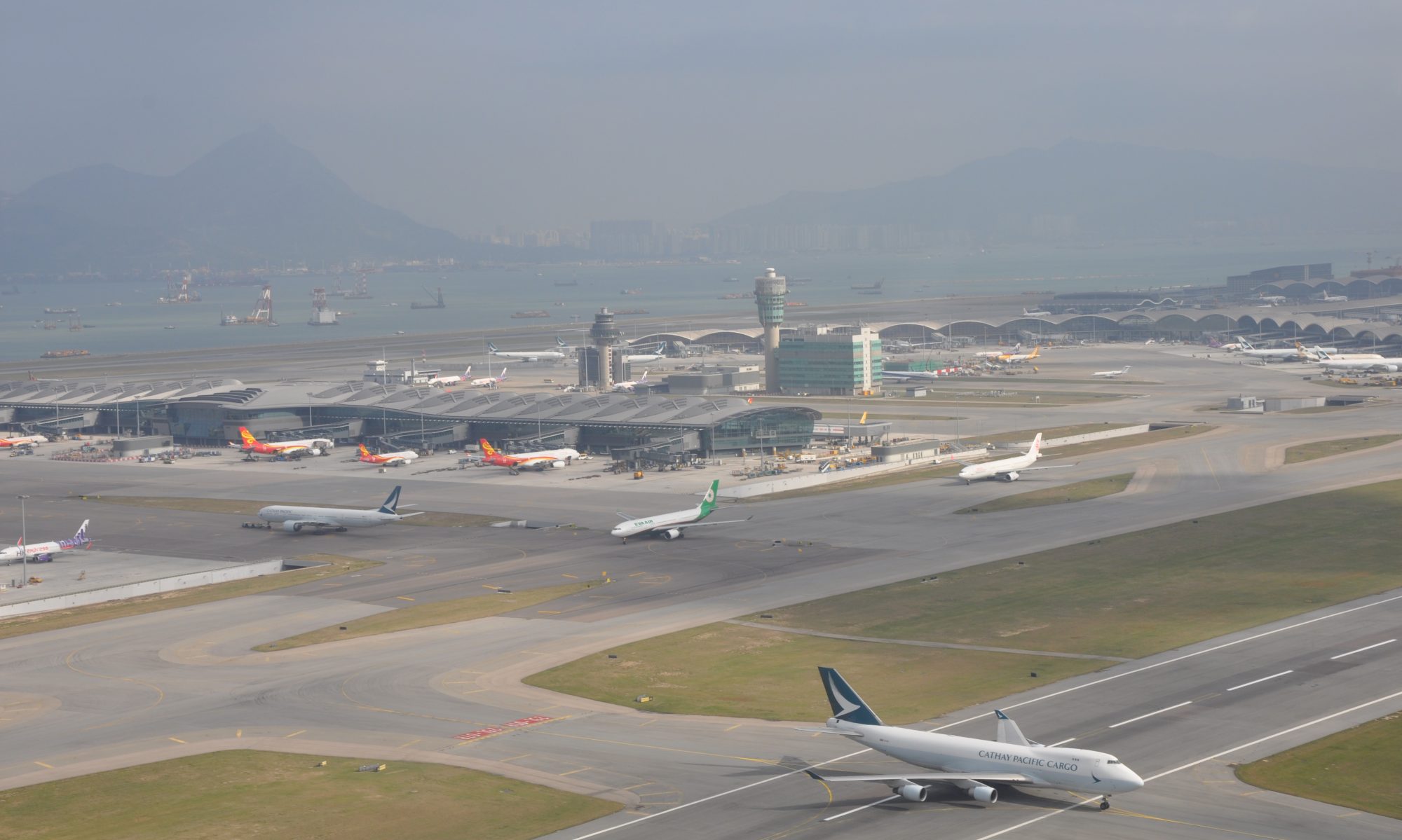When it comes to aviation, numbers tell a story of their own. The provisional civil international air traffic statistics for July 2022 at Hong Kong International Airport (HKIA) are no exception. With jaw-dropping percentage changes in passenger numbers, cargo handling, and flight movements, this month’s statistics raise eyebrows and invite closer examination.
Let’s take a deep dive into the numbers and analyze the remarkable trends in HKIA’s air traffic for July 2022.
Passenger Surge: A Remarkable 259.3% Increase
The standout figure in the provisional statistics is the passenger count. In July 2021, HKIA saw 112,000 passengers passing through its terminals. Fast forward to July 2022, and this number catapulted to a staggering 401,000, marking an astonishing 259.3% increase. This surge is nothing short of extraordinary and may be indicative of a return to normalcy in air travel post-pandemic.
Comparing this to April 2022, which saw 992,000 passengers, the July numbers show a 215.3% increase. The cumulative data for the past 12 months is equally impressive, with a 127.0% increase, totaling 2,102,000 passengers. While these numbers are promising for the aviation industry, it’s essential to consider that the recovery process has been uneven across the globe, with varying vaccination rates and travel restrictions in place.
Cargo Handling: Mixed Results
The cargo handling statistics at HKIA present a mixed bag of results. Unloaded cargo, which includes imports, recorded a 15.2% decrease from July 2021 to July 2022, totaling 117,000 tonnes. Loaded cargo also saw a decline of 17.8%, reaching 231,000 tonnes in July 2022. However, when we look at the cumulative figures for the past 12 months, there’s a 1.3% increase in unloaded cargo and only a marginal 0.4% decrease in loaded cargo. The total cargo handled in July 2022 was 348,000 tonnes, down 17.0% compared to the previous year.
The April 2022 figures offer a brighter picture, with a 6.4% decrease in unloaded cargo and an 11.4% drop in loaded cargo compared to July 2021. Overall, cargo handling has remained relatively steady, with a mere 0.1% change in the cumulative data over the past year, totaling 4,766,000 tonnes.
Flight Movements: Passenger Flights Soaring, Cargo Flights Dipping
Flight movements at HKIA tell a nuanced story. Passenger flight movements increased by 12.2% from July 2021 to July 2022, reaching 5,030 movements. This growth, however, contrasts with a 5.9% decline in passenger flight movements compared to April 2022. Non-revenue flight movements showed a remarkable 65.0% increase year-on-year, reaching 340 movements in July 2022. This surge aligns with the overall increase in passenger numbers.
Cargo flight movements, on the other hand, saw a 14.6% decrease from July 2021 to July 2022, totaling 6,115 movements. However, this decline was less pronounced when compared to April 2022, where cargo flight movements only dipped by 0.7%. The cumulative data for the past 12 months indicates a 12.1% increase in cargo flight movements, totaling 84,190 movements.
Conclusion
The provisional civil international air traffic statistics for July 2022 at HKIA showcase a complex and dynamic aviation landscape. The remarkable 259.3% increase in passenger numbers is undoubtedly the headline-grabber, indicating signs of recovery and a renewed interest in air travel. However, the cargo handling statistics present a mixed picture, with some fluctuations in unloaded and loaded cargo.
Flight movements also exhibit varying trends, with passenger flights surging and cargo flights experiencing a dip. The reasons behind these fluctuations could be multifaceted, including global supply chain challenges and changes in consumer behavior.
As the world navigates the ongoing challenges of the COVID-19 pandemic, it’s crucial to monitor these statistics closely to understand the evolving dynamics of the aviation industry. HKIA’s provisional civil international air traffic statistics for July 2022 offer a snapshot of the present, but they also raise questions about the future direction of air travel and cargo handling in the region.
Discover more from Welcome to the Ultimate Guide to points, miles and travels in Hong Kong
Subscribe to get the latest posts sent to your email.

